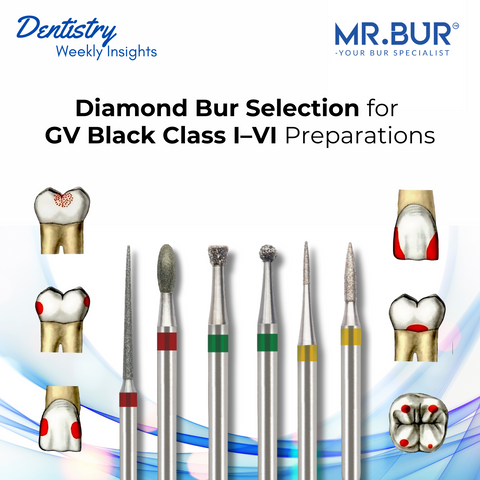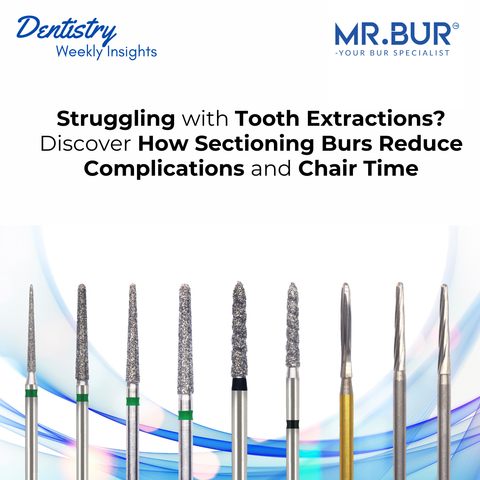Dental veneers are among the most transformative tools in modern cosmetic dentistry. They can dramatically enhance the appearance of a smile, correct minor imperfections, and restore confidence. However, not all veneers are the same. Choosing the right type depends on a combination of clinical requirements, patient expectations, and material properties. This article explores the most common types of veneers, highlighting their pros and cons, and offering guidance on when each is best used in clinical practice.
Porcelain Veneers: The Esthetic Standard
Porcelain veneers, whether feldspathic or pressed ceramic, are widely considered the gold standard in smile makeovers. These ultra-thin ceramic shells are custom-made in a dental lab and bonded to the front surfaces of teeth. Their biggest strength lies in aesthetic excellence, porcelain closely mimics the light-reflecting qualities of natural enamel, offering outstanding translucency and color depth.
The advantages of porcelain veneers include excellent stain resistance, high durability (lasting 10–20 years), and superior esthetics. However, they do come with drawbacks: they require some enamel removal, are more expensive than composite options, and typically involve two or more appointments. For this reason, many clinicians use standardized rotary kits, such as the Mr. Bur Veneer Preparation Kit FG to ensure precise, conservative reduction with uniform depth control and smooth margins. Porcelain veneers are best suited for patients who want long-term cosmetic enhancement, especially in the anterior zone where natural appearance is critical.

E-max Veneers: Strength and Beauty Combined
E-max veneers are made from lithium disilicate ceramic, a material known for combining strength and beauty. These veneers offer excellent translucency, making them highly esthetic, but with more durability than traditional porcelain. E-max veneers can also be fabricated thinner, allowing for minimal-prep or even no-prep designs in certain cases.
They are ideal for anterior restorations, closing diastemas, correcting minor tooth rotation, or reshaping worn edges. While E-max is more resistant to chipping than feldspathic porcelain, it’s still a glass ceramic and must be handled with care. It is slightly more expensive and requires meticulous adhesive protocols to ensure long-term bonding success.
Zirconia Veneers: Power Meets Coverage
Zirconia is one of the strongest materials in dentistry, and zirconia veneers are designed for cases that require maximum durability. Their high strength (over 1000 MPa) makes them excellent for bruxism patients or cases involving underlying tooth discoloration. Because zirconia is naturally more opaque, it can effectively mask tetracycline stains, metal cores, or previously failed restorations.
That said, zirconia veneers generally offer lower translucency than glass ceramics. In esthetically demanding anterior regions, they may appear slightly more artificial unless high-translucency zirconia is used. Bonding zirconia can also be more complex, as it typically requires cementation rather than adhesive bonding. Clinically, zirconia veneers are best reserved for high-load areas, dark teeth, or posterior esthetic zones.
For a step-by-step preparation guide, visit:
No-Prep Veneers: Conservative, Fast, and Reversible
No-prep veneers (such as Lumineers, Durathin, or Vivaneers) offer a minimally invasive alternative to traditional veneers. These ultra-thin shells—often less than 0.3 mm thick—can be bonded directly onto intact enamel without any tooth reduction. This makes the process reversible in some cases and reduces chair time and patient anxiety.
The primary benefit of no-prep veneers is their non-invasive nature, making them ideal for patients with small teeth, spacing, or enamel wear. However, in patients with large or protrusive teeth, they may look bulky and are less effective at masking significant discoloration. These are best suited for mild esthetic enhancements where enamel preservation is a priority.
You May Also Like:
Composite Veneers: Direct, Affordable, and Repairable
Composite veneers are created using resin-based materials, applied directly onto the tooth and shaped chairside. This one-visit solution is far more affordable than porcelain, making it a popular choice for patients with limited budgets or those seeking temporary esthetic correction.
Composite veneers are easy to repair and modify, and they can deliver good results when done by skilled clinicians. However, they are more prone to staining, chipping, and wear over time. With an average lifespan of 3–5 years, they require maintenance and eventual replacement. Composite veneers are suitable for younger patients, temporary solutions, or limited corrections where cost and speed are key.
Palatal Veneers: Functional Support for Worn Anteriors
Often overlooked, palatal veneers (palatal onlays) are restorations placed on the lingual surfaces of anterior teeth, typically to rebuild areas eroded by deep bites, bruxism, or acid erosion. They are functional rather than esthetic and are often part of full-mouth rehabilitation plans.
Made from porcelain or composite, palatal veneers protect remaining tooth structure and re-establish anterior guidance. Though invisible from the front, they play a critical role in managing functional wear and bite stability. Their preparation and placement are more technique-sensitive, but they are invaluable in cases involving significant palatal damage or vertical dimension loss.
Conclusion: Matching Veneer Type to Clinical Needs
Choosing the right type of veneer isn't just about the material, it’s about the clinical context, the patient’s goals, and long-term success. Standardized preparation using dedicated tools, like the Mr. Bur Veneer Preparation Kit FG can help ensure that clinicians achieve optimal reduction profiles, smooth finish lines, and reliable margins across various ceramic systems.
Here's a quick recap:
-
Porcelain Veneers: Best for full smile designs and maximum esthetics.
-
E-max Veneers: Ideal for strength and esthetics in one material.
-
Zirconia Veneers: Reserved for strength, dark teeth, or high-load areas.
-
No-Prep Veneers: Perfect for minimal intervention and enamel preservation.
-
Composite Veneers: Budget-friendly and quick for minor or temporary cases.
-
Palatal Veneers: Functional solution for erosion and occlusal instability.
Ultimately, successful veneer treatment combines material science, esthetic planning, and conservative technique, supported by the right preparation tools. Whether for minor correction or full-mouth rejuvenation, veneer dentistry continues to offer some of the most rewarding outcomes in modern practice.
Get Your Kit Now:
Diamond Burs, Carbide Burs, Interproximal Reduction Bur Kit, Surgical & Lab Use Burs, Endodontic burs, Crown Cutting Kit, Gingivectomy Kit, Root Planning Kit, Orthodontic Kit, Cosmetic Restorative 3-in-1 Kit FG, Surgical Crown Lengthening Kit FG, Composite Polishers, High Speed Burs, Low Speed Burs








